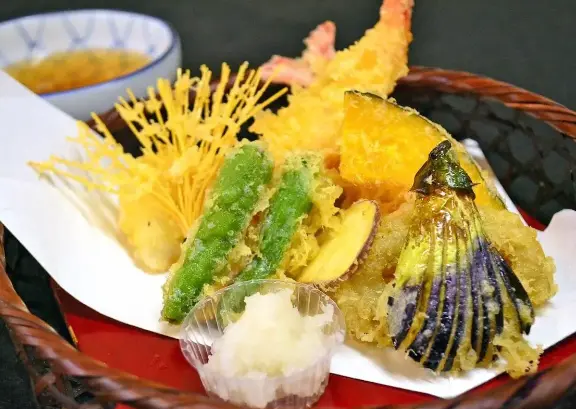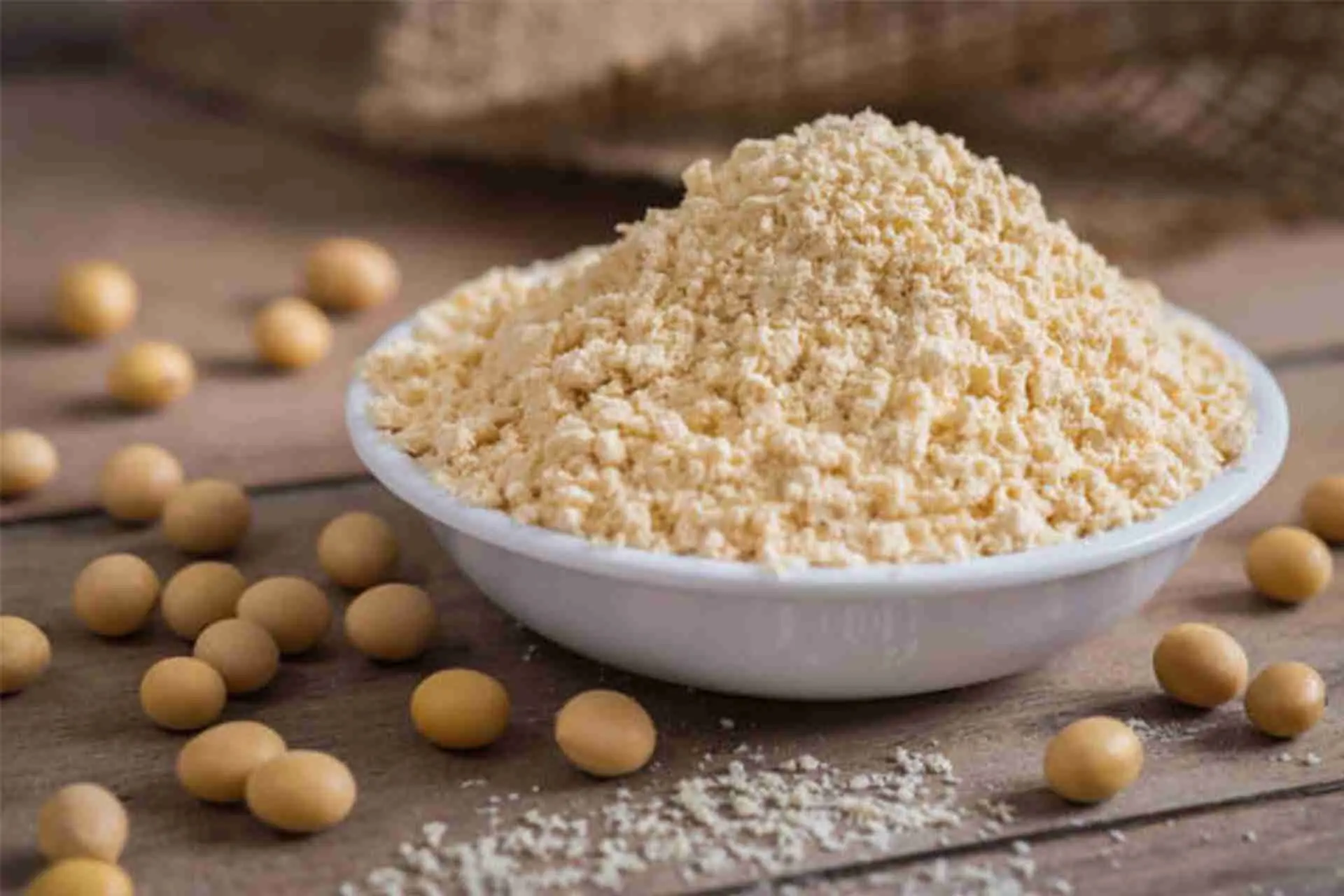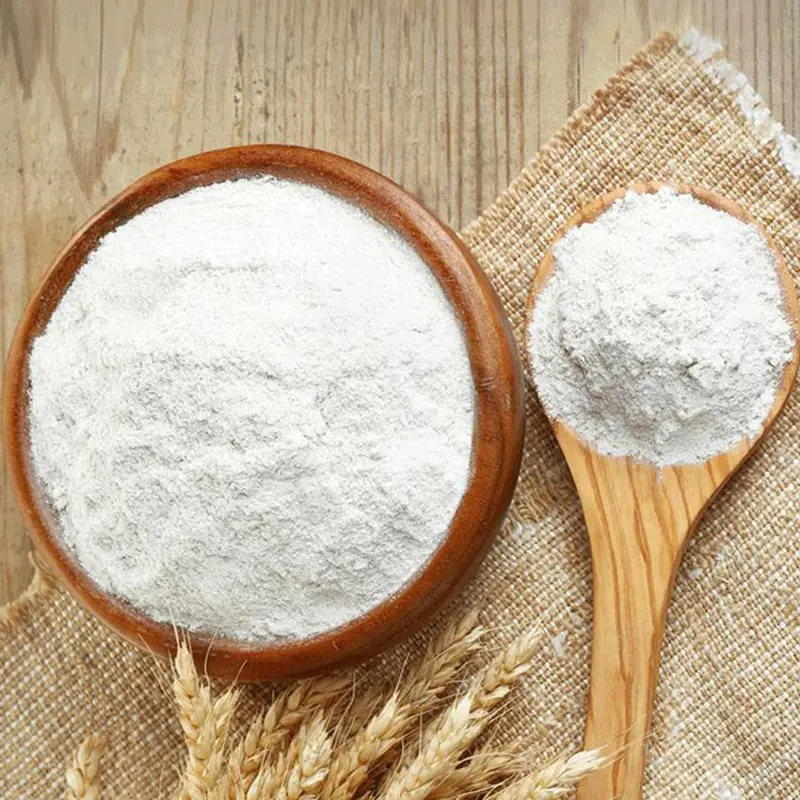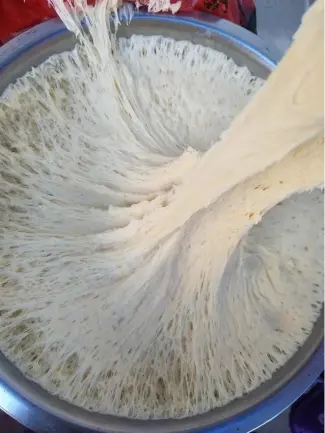Tempura Powder: The Golden Coat of Craftsmanship in Japanese Cuisine
Barry
Late at night on a Tokyo street corner, the aroma of fried food wafts from the izakaya, the fresh shrimp wrapped in batter sizzles in the iron pan, and the golden thin coat cracks on the oil surface. Diners look at the crispy tempura and sigh “This coat is the soul.” The secret of this amazing golden coat is hidden in the seemingly ordinary tempura powder. It is not only the coat of fried food, but also carries the ultimate pursuit of "the taste of the season" in Japanese food culture.
The localization transformation of Tempura Powder
At the end of the 16th century, Portuguese missionaries brought fried batter technology to Nagasaki, and this cuisine underwent a dramatic change in the Edo period. At that time, Japan was undergoing a food revolution. The breakthrough in wheat planting technology turned flour from aristocratic exclusive to market ingredients. The “seawater battering method” invented by fishermen (using salt in seawater to enhance the stickiness of batter) accidentally created a “Tempura Coat” as thin as a cicada’s wing.
The birth of tempura powder marks the independence of Japanese fried food: unlike Western fried food that pursues a thick and crispy “armor feeling”, Japanese craftsmen control the batter thickness to 3 mm by reducing the protein content of flour and adding starch, which can lock the moisture of the ingredients without covering up their original taste.
The multi-application map of tempura powder
The emergence of commercially available tempura powder has turned the complex production of fried food into a “5-minute project”. This powder can not only fry standard shrimp and vegetables, but also give new life to ordinary ingredients: sliced steamed buns, coated with powder and fried until golden, dipped in condensed milk to become a surprise breakfast for children; tofu coated with powder and fried, crispy on the outside and tender on the inside like a cloud, melting in the mouth. Even in the field of desserts, Hokkaido’s “apple tempura” uses cinnamon powder to season the batter and is paired with vanilla ice cream, becoming a signature dessert of izakaya.
The lightness of tempura powder makes it an ideal carrier for cross-cultural cuisine. In a Japanese-Thai fusion restaurant in Bangkok, tempura-fried bay leaves are used as a side dish for green papaya salad, and the crispy texture and hot and sour sauce collide to create a wonderful spark; in a creative kitchen in London, tempura powder is used to wrap fried English muffins, paired with eel sauce and sour cream, completing the Japanese deconstruction of the classic afternoon tea.
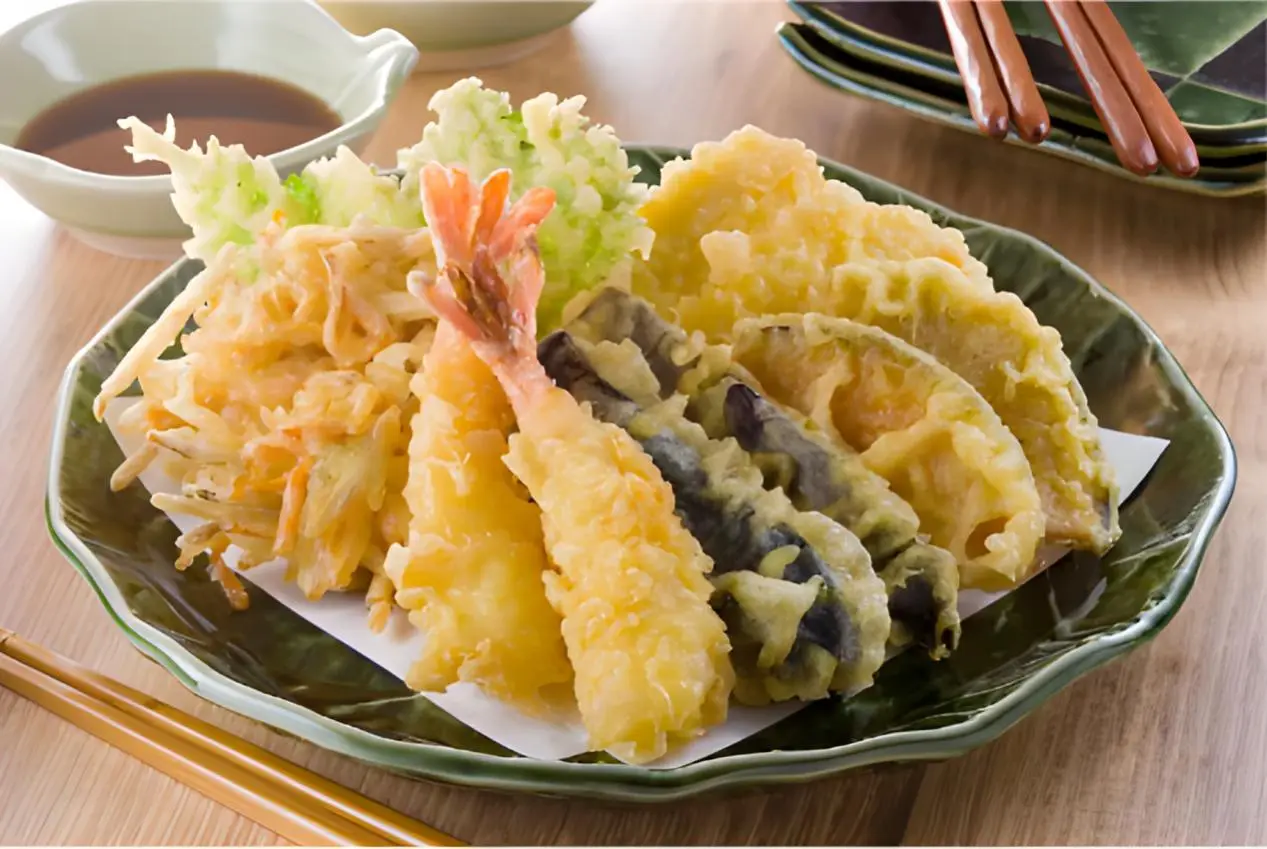
When you see the golden cracks of tempura powder on the oil surface in an izakaya, it is not just the birth of fried food, but also a taste practice about balance. Between crispness and softness, between dazzling luster and humble original taste, between traditional techniques and modern life, tempura powder always plays the role of a reconciler. It uses the simplest form to carry the most subtle dietary wisdom, making every chewing a tribute to ingredients, seasons, and craftsmanship. Perhaps this is the real reason why tempura powder is irreplaceable in Japanese food: it has never existed in isolation, but a link between people and food, tradition and innovation.
Contact
Arkera Inc.
Email: info@cnbreading.com
WhatsApp: +86 136 8369 2063





